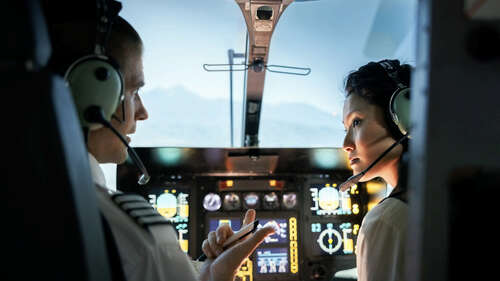
If a pilot wanted to train for a particular scenario in an actual aircraft, it would be an expensive and timely endeavor. The airplane would have to circle back and reposition each time, all the while burning fuel and using equipment that could be used for flying passengers. Of course, there’s also the fact that pilots are limited in terms of how long they can stay in the air, with the aircraft needing to land and then take off again after maintenance and refueling. That makes it an inefficient way to practice a lot of the time, especially when it comes to performing drills to prepare for emergencies.
None of this applies to a flight simulator. While they do need to be powered, the cost of running a simulator is a fraction of what it would cost to fly a plane. More importantly, though, they can be run over and over again immediately, with the user simply setting up the scenario and loading it in after each attempt. This can prove invaluable when it comes to helping pilots stay calm under pressure if a real problem does occur, as they can rehearse dangerous situations hundreds of times.
Having this knowledge from training in the flight simulator gives pilots the confidence and skills to tackle unexpected problems. They won’t have to spend as much time thinking about what they need to do or rely on instinct, even when under stress. For example, if they have run through engine failure scenarios previously on a flight simulator, a pilot should be more comfortable dealing with the issue as they’ll know the procedure, how the aircraft is likely to behave, and what they have to do as they have done it many times before.

